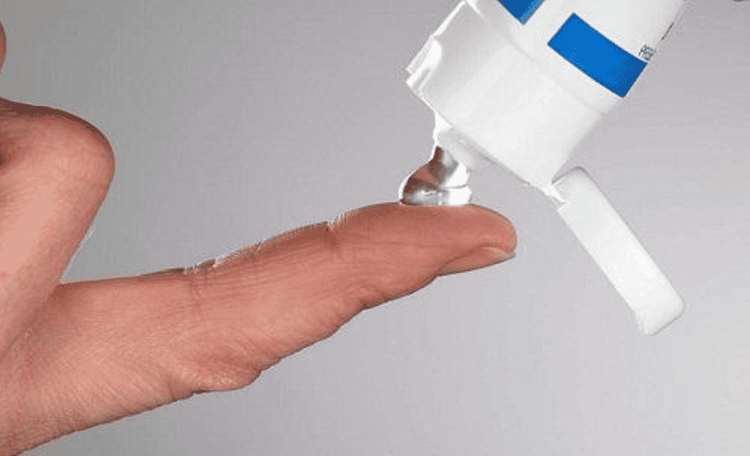This is an automatically translated article.
Gastrointestinal absorption is the entry of the drug into the general circulation of the body. In addition, the drug can also be given via injection, inhalation and percutaneous.1. The relationship between the way the drug is introduced into the body and the ability to absorb it
The route of drug delivery has a great influence on absorption.Absorption is the transport of a drug from the site of administration (either by mouth or by injection) into the bloodstream and then throughout the body, where it is needed. Therefore, absorption will depend on:
Solubility of the drug: The drug is in the form of an aqueous solution, which is easier for the body to absorb than the oil, suspension or hard form (oral tablets); pH at the site of absorption: PH has an effect on the ionization and solubility of the drug. Drug concentration: The higher the drug concentration, the faster it will be absorbed; Circulation in the area of absorption: The more vessels in the site, the faster the drug is absorbed. Area of absorption: Places with a large area in the body such as lungs, intestinal mucosa, ... will be absorbed quickly.

Con đường đưa thuốc vào cơ thể có ảnh hưởng lớn đến sự hấp thu
2. Routes to bring drugs into the body
2.1 Absorption of drugs from the gastrointestinal tract Advantages: Simple. Disadvantage: When the drug enters the body, passes through the digestive tract, it is destroyed by digestive enzymes or the drug forms a complex with food that slows down absorption.1 Some drugs when used irritate and affect the stomach such as digestive mucosa, cause stomach ulcers,...
2.2 Absorption through the oral mucosa Sublingual drugs Absorbed drugs circulation, so it is not destroyed by gastric juice, is not metabolized by the liver for the first time.
Oral drugs Oral drugs will enter the stomach and intestines with the following characteristics:
In the stomach:
Has a pH of 1 - 3, so it only absorbs weak, less ionized acids such as aspirin, phenylbutazone, barbiturates.
Oral drugs are less absorbed because the mucosa has few blood vessels, contains a lot of cholesterol, and the drug time in the stomach is not long.
When hungry, absorption is faster, but easily irritated, affecting the stomach.
In the small intestine:
The small intestine is the main site of drug absorption because it has a very large absorption area (> 40m2), is heavily perfused, the pH gradually increases to base (pH from 6 to 8).
In the small intestine, the drug is less ionized, but if the dose is small or the drug is not lipid soluble, it is less absorbed.
Drugs that carry quaternary amines are strongly ionized, making it difficult to absorb.

Thuốc uống sẽ xuống dạ dày và qua ruột
Usually used in cases of vomiting, coma patients, young children. Drugs placed in the anus will not be destroyed by digestive enzymes, 50% of drugs placed in the rectum will pass through the liver and undergo initial metabolism.
Cons: The drug is not completely absorbed and can cause irritation of the anal mucosa.
Intravenous route: The drug is absorbed into the body quickly, completely, and the dose can be adjusted quickly. Option for intravenous injection when infusion of aqueous solutions or substances that cannot be injected.
Subcutaneous injection: Absorption is slower because there are many nerve fibers under the skin, so the feeling will be more painful, and there are fewer blood vessels.
Intramuscular injection: A technique that can overcome the disadvantages of subcutaneous injection. However, some drugs can cause muscle necrosis such as ouabain, calcium chloride, so they will not be injected intramuscularly.
Drugs for external use Permeable mucosal: The drugs are applied, dripped into the mucous membranes of the nose, throat, vagina, bladder for local treatment. The drug is used directly, so the drug penetrates quickly, directly into the blood, so it is not destroyed by enzymes, has a systemic effect.

Các loại thuốc bôi, nhỏ giọt vào niêm mạc mũi, họng, âm đạo, bàng quang để điều trị tại chỗ
Spinal cord injection: Usually injected into the subarachnoid space or epidural to numb the lower extremities, pelvis with a solution with a higher density (hyperbaric solution) than cerebrospinal fluid.
Please dial HOTLINE for more information or register for an appointment HERE. Download MyVinmec app to make appointments faster and to manage your bookings easily.













